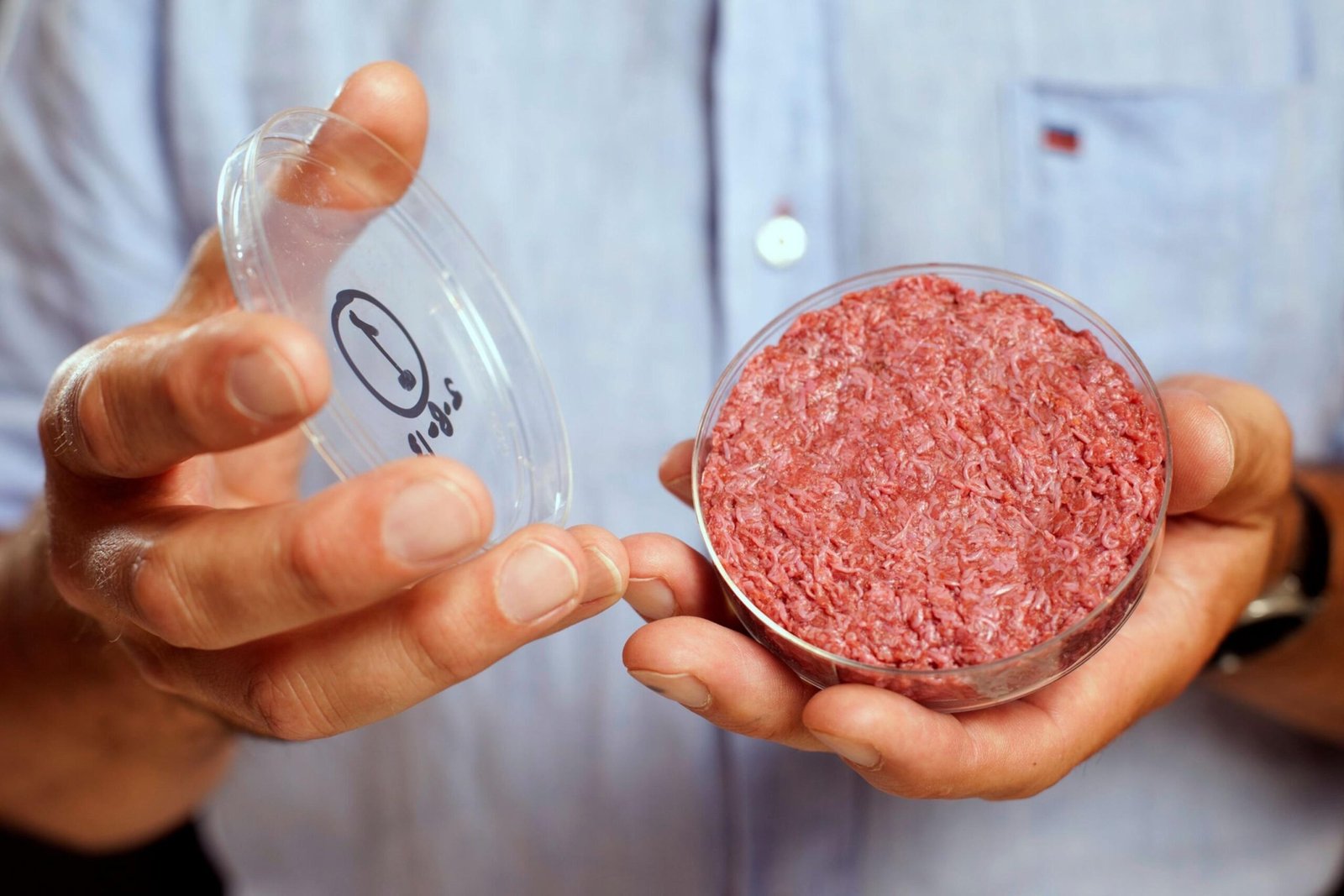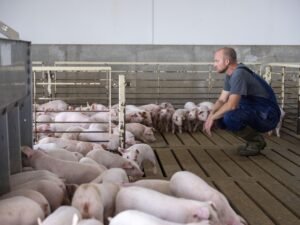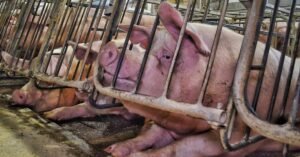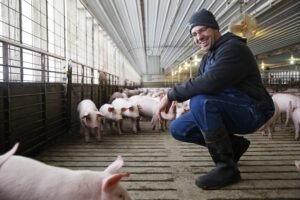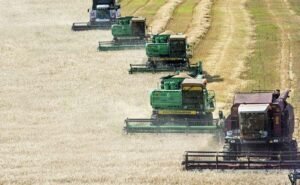Pioneering advances in cell-cultivated pork are recasting San Francisco’s culinary and scientific landscape. Mission Barns, a Bay Area startup rooted in environmental stewardship, has become the first company in the United States to secure FDA approval for cultivated pork fat—a milestone that sharpens San Francisco’s edge as an epicenter for food-tech innovation.
It all started rather simply: a minor sample from a single pig, harvested with care and precision by Mission Barns’ team of scientists. That piece of tissue becomes—through biochemical choreography—pork fat that is bona fide yet produced entirely without slaughtering animals. The tissue is supplied nutrients and warmth; it incrementally proliferates until enough can be combined with plant-based proteins such as pea protein to craft bacon, sausages, or meatballs redolent of their conventional counterparts but manufactured via cellular agriculture.
Mission Barns’ technique means they’re not repeatedly sourcing new pigs or cells. Instead, they have developed a production protocol whereby one initial animal yields cells that can be expanded almost indefinitely—or at least vastly beyond the lifetime productivity of any living swine under traditional husbandry practices. For once (and perhaps unusually), cellular biology aligns closely with supply chain efficiency.
In March 2025, the FDA issued what’s called a “no questions” letter regarding Mission Barns’ cultivated pork fat after thorough review—indicating no identified safety concerns around its consumption or commercialization; thus opening retail and restaurant doors previously closed to cell-based pork products. Before this point, two other companies had secured approvals for lab-grown chicken—but never before had cultivated porcine ingredients been cleared at scale.
Fiorella became San Francisco’s inaugural restaurant chain offering this futuristic fare to diners curious about both flavor fidelity and ethics-related provenance statements accompanying their meals. According to Fiorella’s co-founder Brandon Gillis, disruptions within global food supply chains highlight acute vulnerabilities—including disease risk and environmental shocks—that cell-cultivated meats may temper over time.
“After tasting Mission Barns’ products,” says Gillis—a restaurateur keenly aware of shifting consumer values around sustainability—he was resolute about partnering on “this historic moment.” Curiously enough though—and here statistics occasionally play tricks—the big commercial opportunity seems forecasted among business-to-business customers rather than just direct consumer appeal: processed foods manufacturers may ultimately comprise the critical mass demanding affordable volumes of cultivated lard instead of relying solely upon plant-derived lipids like palm oil (which itself raises ecological quandaries).
From an industry lens: regulatory clearance from both FDA and USDA authorities transforms cellular agriculture from laboratory curiosity into tangible retail movement—implying investors will recalibrate expectations accordingly. Peter Odemark at Swedish Gullspång Re:food (one major backer) asserts that shifting demand toward science-driven animal fats could fundamentally reduce pressures on arable land while addressing consumer calls for authentic taste profiles missing from some earlier iterations of meat analogues.
Ironically though—and human error being what it is—it would seem odd if consumers grew complacent about ingredient transparency just as supply chains become more intricate; yet there are signals many do trust advanced labeling regimes provided by regulatory agencies they recognize well enough already!
Typical methods utilize bioreactors where cells are suspended in nutrient-dense media designed to emulate natural growth conditions inside real animals—not unlike hydroponic farms but tailored expressly for muscle or adipose tissues instead of lettuce leaves. These reactors produce stock materials scalable up or down according to market demand—with advantages like lower water usage and vastly reduced greenhouse emissions compared to intensive animal farming operations conventionally sited near urban peripheries because zoning constraints persist even as public tastes evolve unpredictably fast.
Human labor remains pivotal throughout—from sample harvesting through quality control assays ensuring only safe product ever reaches consumers’ plates—even when automation handles monotonous stages such as mixing extracellular matrices necessary for precise texture formation within cuts meant either for fine dining or fast-food assembly lines equally eager not merely to keep pace but outmaneuver rivals committed less intently toward ecological mitigation via biotechnology pathways now emerging steadily across agri-food networks globally.
Large retailers observe these launches closely because early adoption influences broader shifts along hypercompetitive grocer shelves where price points remain fiercely scrutinized week-by-week although most forecasts suggest premium markups initially will steadily diminish unless utility costs spike uncontrollably amidst other macroeconomic uncertainties none can reliably model more than quarters ahead—or so legacy analysts warn despite accumulating evidence technological learning curves compress rapidly given sufficient capital infusions aligned behind visionary management teams willing sometimes audacious gambits few dared attempt ten years ago plus change!
In summation—which deliberately stumbles over linearity if only because tomorrow’s menus oughtn’t mirror yesterday’s logic too rigidly—the rise of cell-cultivated pork spearheaded by ventures headquartered in San Francisco promises disruption far beyond city limits; its true influence echoing through global markets navigating urgent transitions between tradition-laden paradigms bound by resource constraints now demonstrably mutable courtesy twenty-first-century bioscience frontiers rapidly passing theory into practice if not always predictably nor without spirited debate regarding acceptability at dinner tables everywhere else too!

